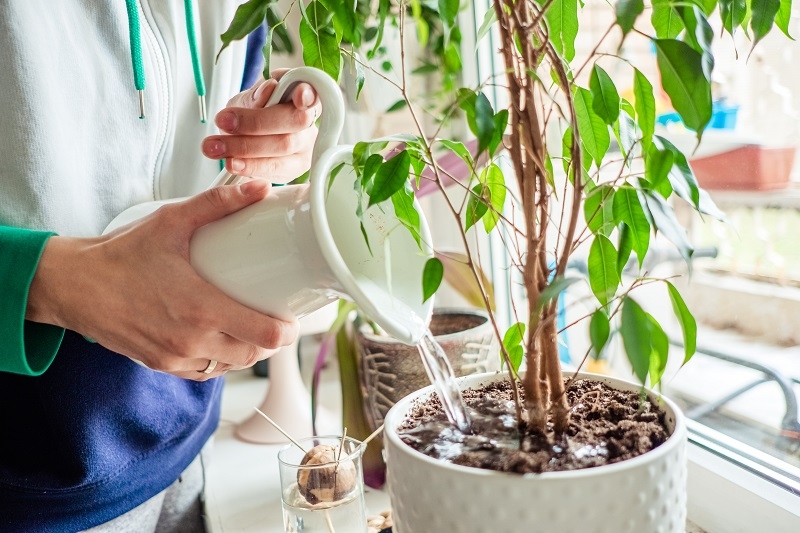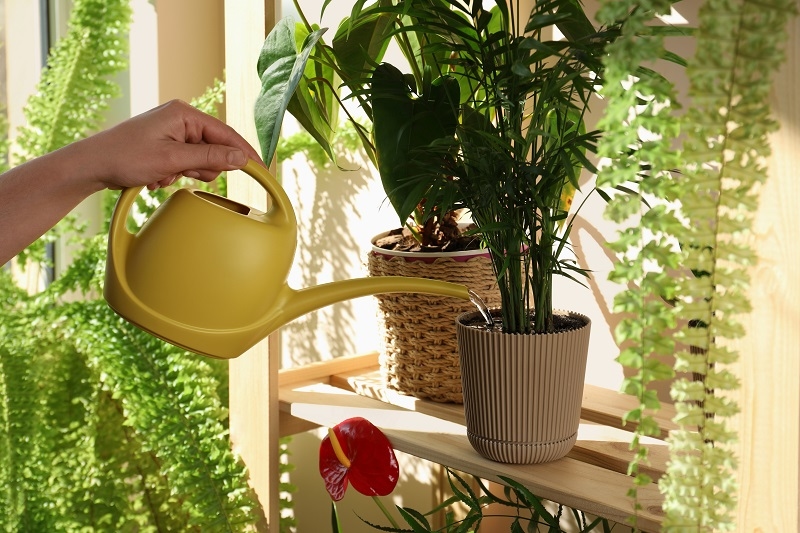
Watering houseplants ranks among the most crucial elements of keeping indoor plants healthy and growing. Most plant owners fight with how frequently or at what time to water their plants, which in most cases results in overwatering or underwatering. Both will damage your plants and cut their growth capacity. By developing an appropriate watering method and regularly following watering schedule tips, you can ensure that your plants receive what they need and avoid common houseplant watering problems.
This book will offer a comprehensive overview of everything you need to know about watering houseplants, from learning about soil requirements to avoiding watering mistakes so your plants remain healthy throughout the year.
Before discussing specific tips, it is essential to understand why watering houseplants properly is so vital. Unlike outdoor plants, houseplants depend entirely on their container world, so water management is much more critical.
With some practice, once you can accurately and correctly water plants, they can live and thrive, manifesting in plenty of leaves, strong stems, and reliable growth.
That is the second most asked question by houseplant enthusiasts. There isn't a set watering schedule because each plant requires something different, but there are principles to follow that can guide you on watering your plants.
1. Check the soil first: Touch the top inch of soil with your finger; if it feels dry, you usually need to water.
2. Consider the plant type: Cacti and succulents need very little water, whereas tropical plants (like peace lilies or ferns) need more moisture in the soil.
3. Think about the environment: Light, humidity, and temperature impact how often you water. Bright, sunny spaces can dry the soil out more quickly.
As a general guideline, water thoroughly but not frequently, so the roots have time to pull moisture up before watering again.
Just as important as what to water is when to water. Proper timing can make the most of the water we use in watering our indoor plants.
By watering at the right time, we can make the most out of watering and minimize mucky moisture problems which commonly occur.
Overwatering vs. underwatering is the most common issue when caring for houseplants.
Both conditions hurt your plants but in a different manner.
To avoid both problems, emphasize consistency. Let the topsoil dry out slightly before resuming watering, and use pots with drainage holes at all times.
Despite the best efforts of even experienced plant people, houseplant watering errors occur. Understanding how to avoid these potential pitfalls will maintain healthier plants in the future.
These missteps will significantly enhance your plant care.

This is when helpful advice on creating a watering schedule comes into play, in the real world of community and routines. This advice invites a balance of your own life and the life of your plants:
An adaptable watering schedule will lessen your tension and ensure your plants receive the care they need.
Numerous ecological and biological factors in your indoor setting will dictate the amount of water your houseplants require:
Taking all this into account helps you make adjustments to your watering routine.
Watering houseplants using some of the newer items is easier and more accurate. Use the following items to help you out:
Having the right equipment removes the guesswork when caring for plants.
The seasons play a role in how plants take up water.
Seasonal adjustment in technique avoids overwatering during dormancy and hydration during shoot growth.
Adhering to the above expert tips will help you learn to water houseplants and become a long-term houseplant watering expert.
The secret to mastering houseplants is a balance of observance and routine. Knowing how often to water houseplants, understanding when to water plants, and knowing how not to water houseplants are all ways you can grow an indoor jungle of life. Good watering schedule advice and watching for signs of too much or not enough water keep your plants bright, healthy, and beautiful for the long haul.
This content was created by AI